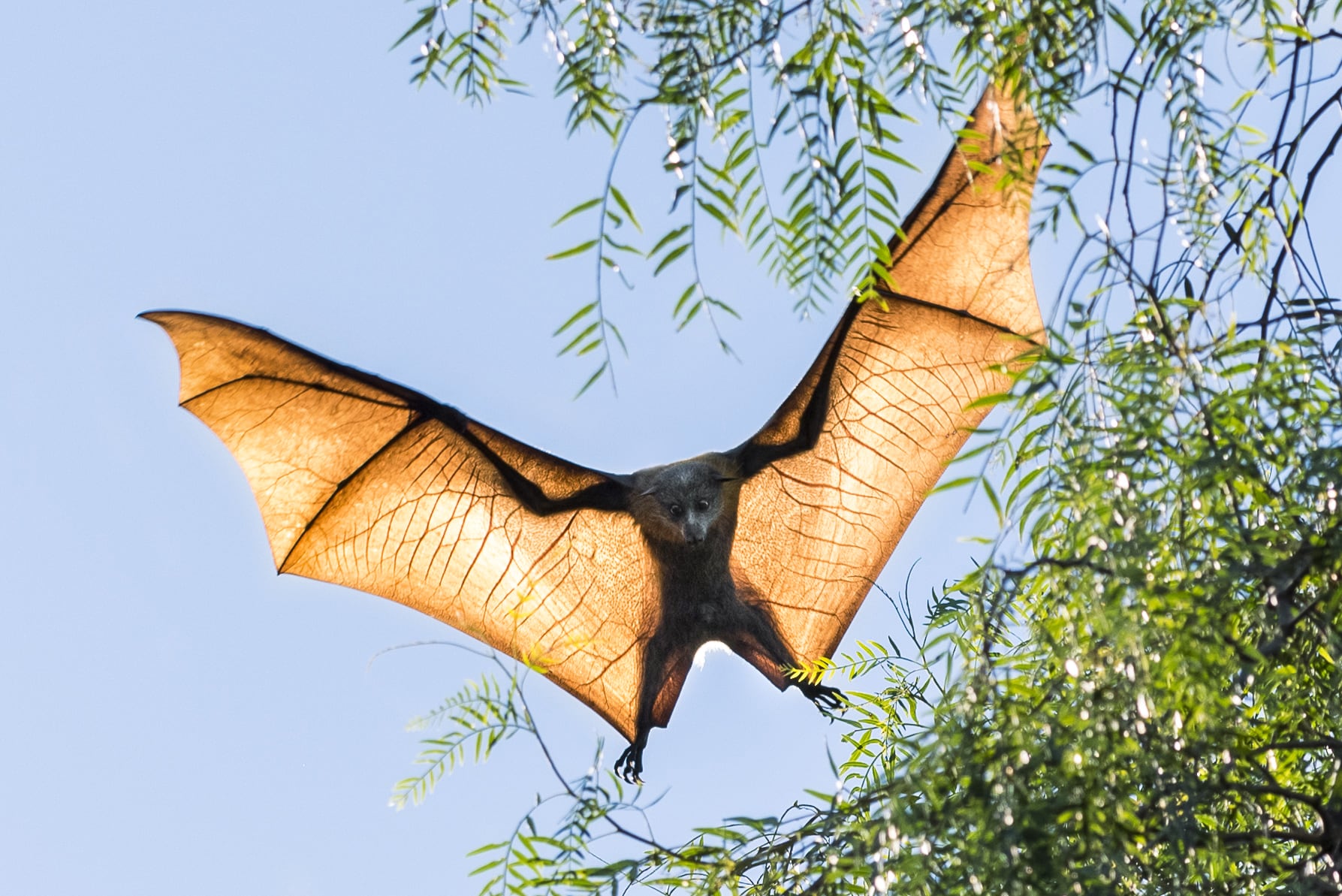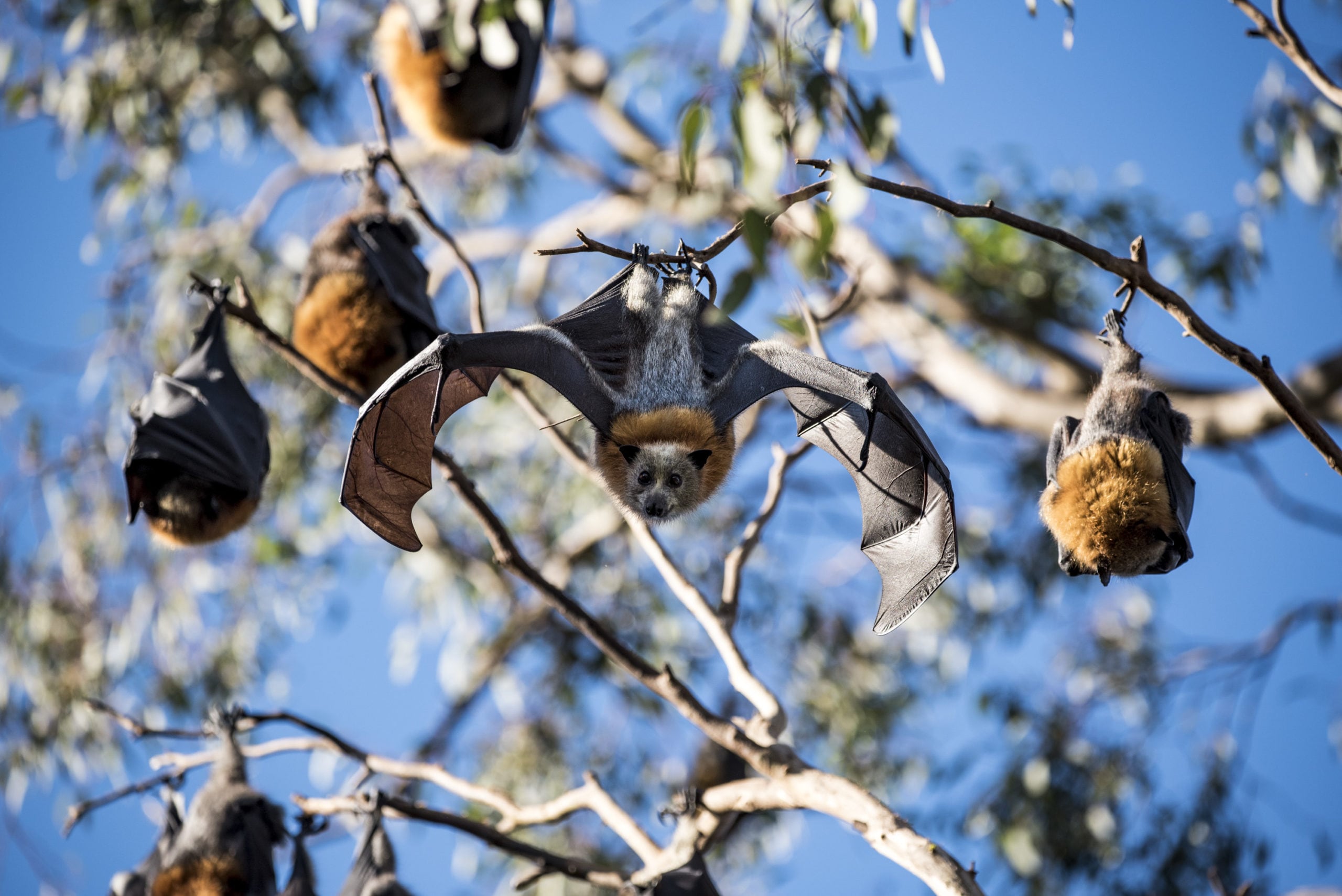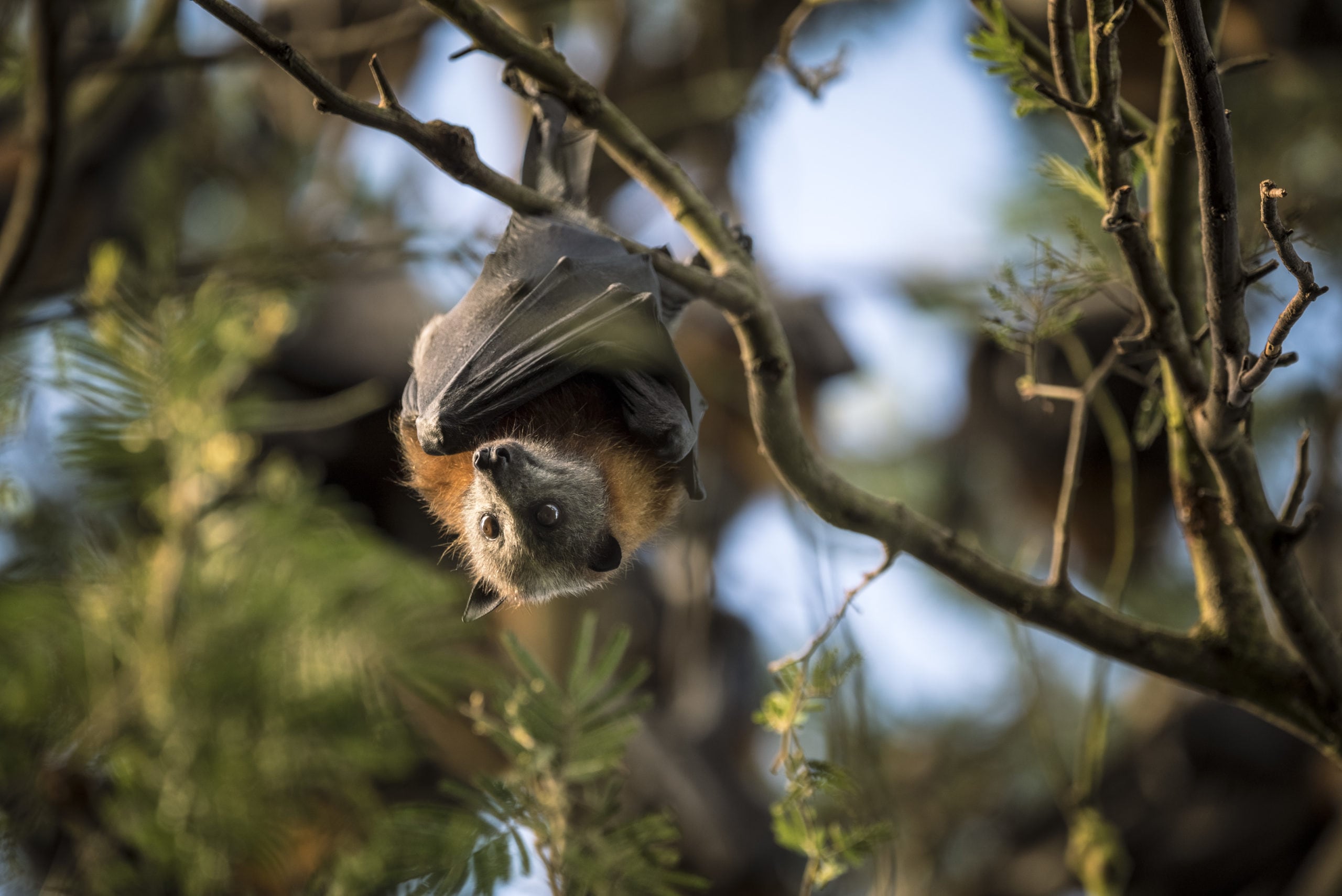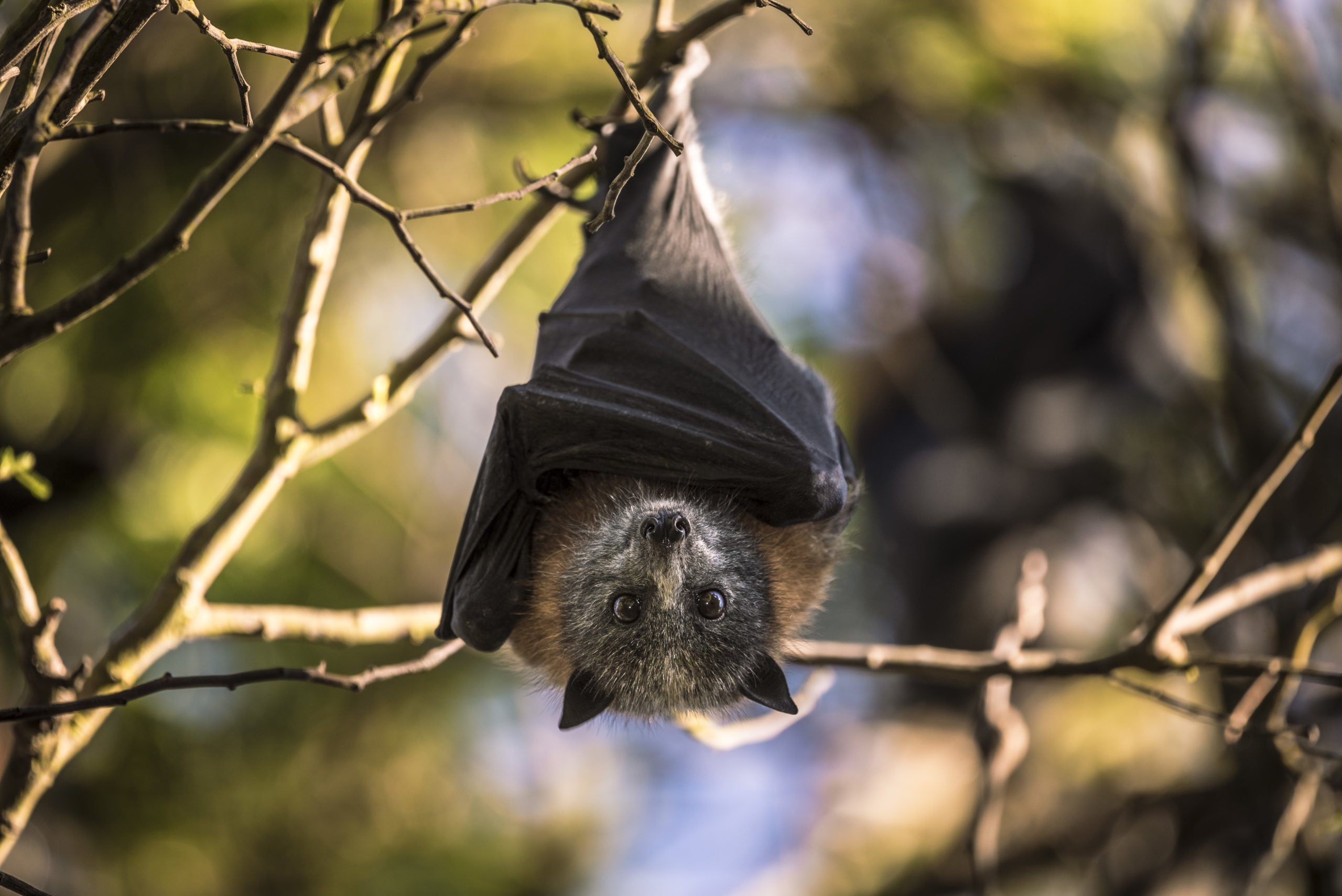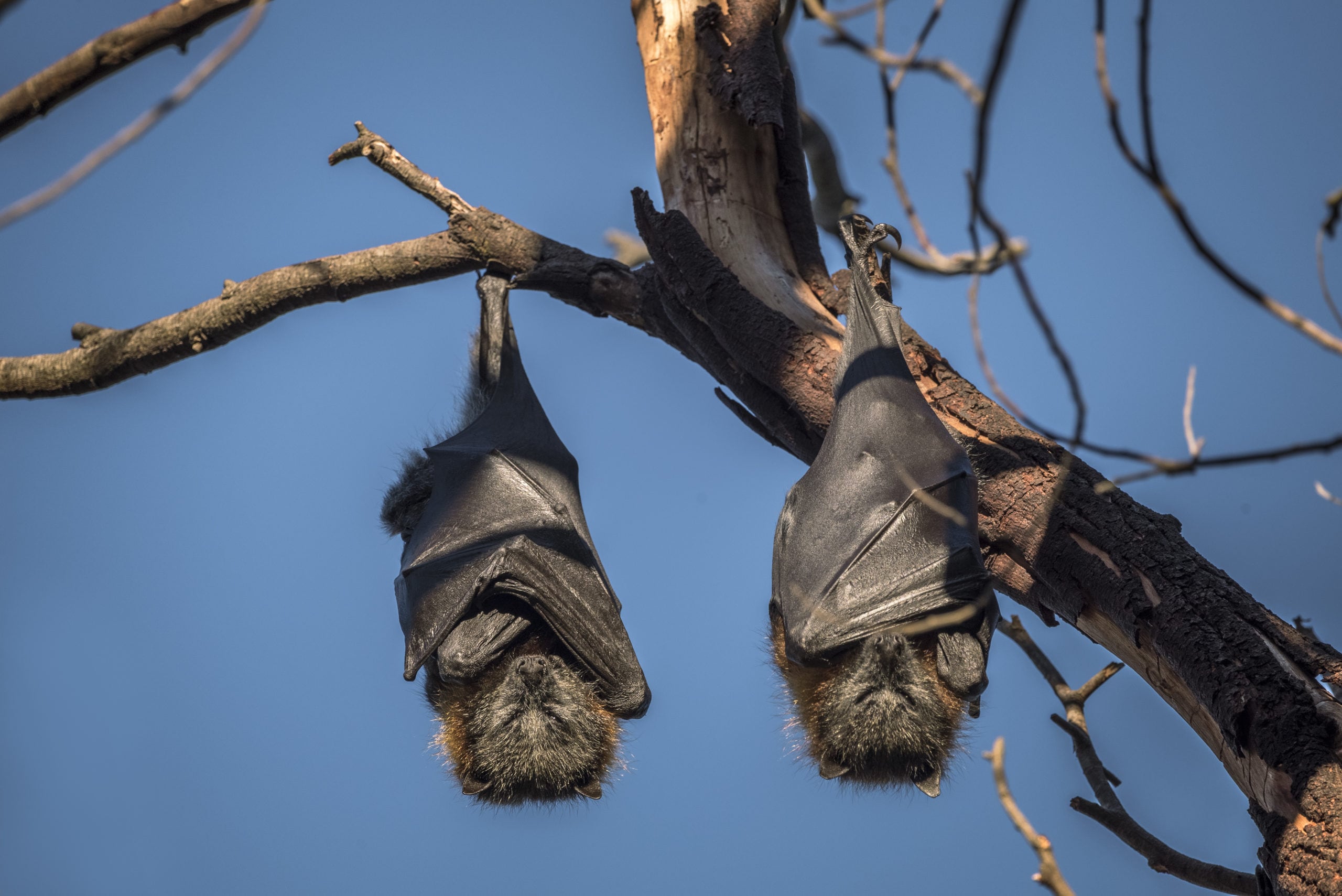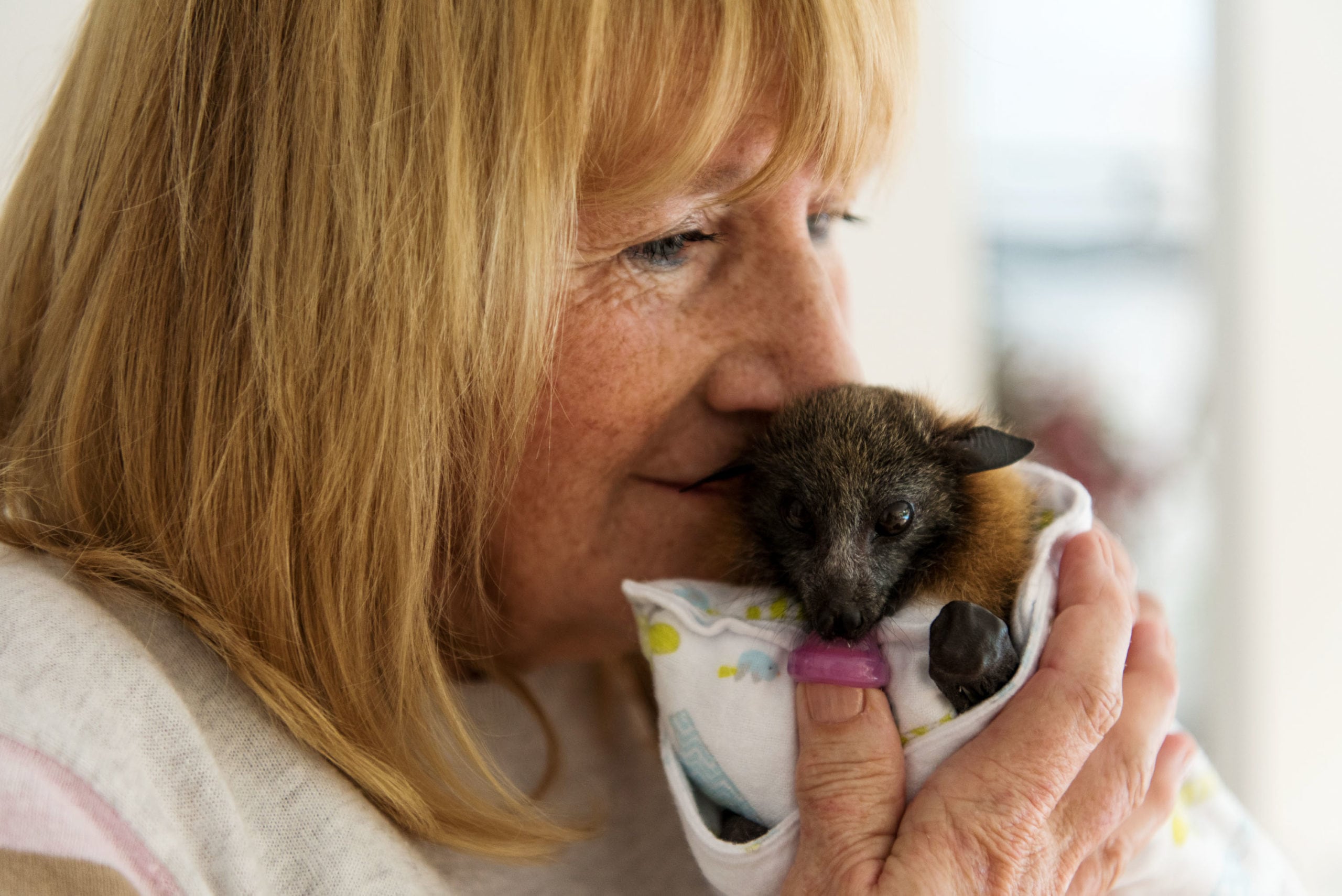Are grey-headed flying-foxes headed for a mass starvation event?

After the megafires of 2019-2020, nationally threatened grey-headed flying-foxes are about to find themselves in a mass starvation event. With the arrival of cooler temperatures they have begun their annual migration north only to find crucial flowering forests – their primary food source – wiped out. Conservationists say they are a species hardest hit by climate change and this may seal the fate of a species already in mass decline (one-third of the population was lost over summer).
With fears mistakenly linking COVID-19 to bats, advocates are on a mission to fill in the blanks about the species and call for the end to deforestation. “Their demise has far greater implications for Australian forests and those that depend on them – including the timber industry,” says Lisa Roberts of East Gippsland’s Friends of Bats and Habitats.
Conservationists also note that flying foxes are emblematic of our canary in the coal mine. “Their unstoppable and unrelenting decline is a clear and present result of climate change – and the potential end of Australia’s flowering forest and the hundreds of species that also call it home,” says Lawrence Pope from Friends of Bats and Bushcare, Yarra bend, Melbourne. Lawrence believes they may be extinct in just a few decades.
BACKGROUND: The grey-headed flying-fox is found nowhere else on Earth other than Australia’s east coast. A keystone species, they spend their evenings pollinating native forest from Adelaide to Brisbane. But like their bat counterparts, they are one of the most persecuted and misunderstood species in Australia often falling victim to animal cruelty, unlawful culling and habitat loss. The last few years of extreme heatwaves and bushfires have decimated populations. Pup abandonment in the thousands, heat-stress events and the recent mega-fires in NSW and Victoria has seen the loss of tens of thousands of this nationally threatened species. Critical but small patches of unburnt forest are still earmarked for logging. Summer bushfires took out 85 per cent of East Gippsland forests and the life they support. The south coast of NSW was also wiped out.
